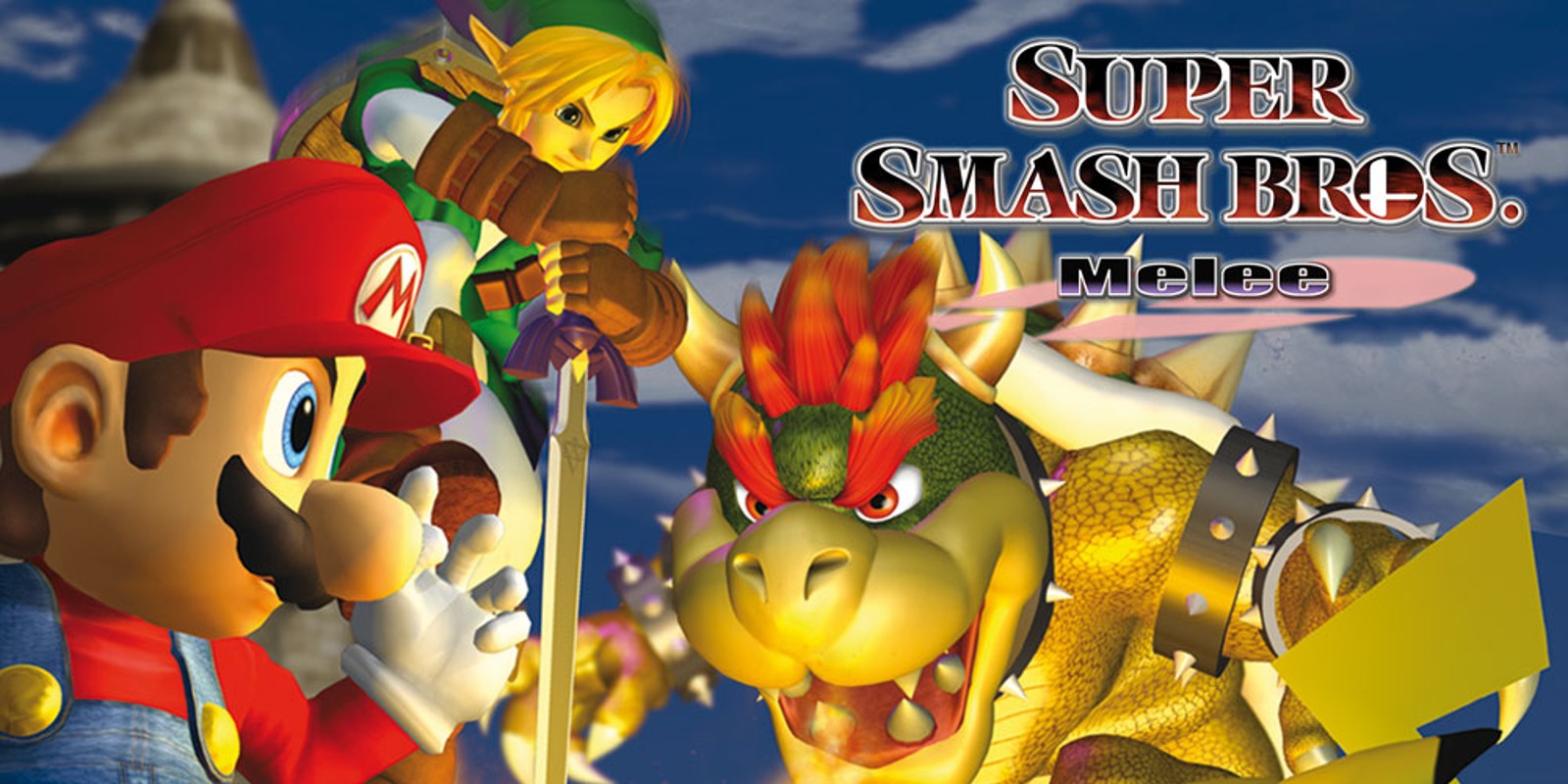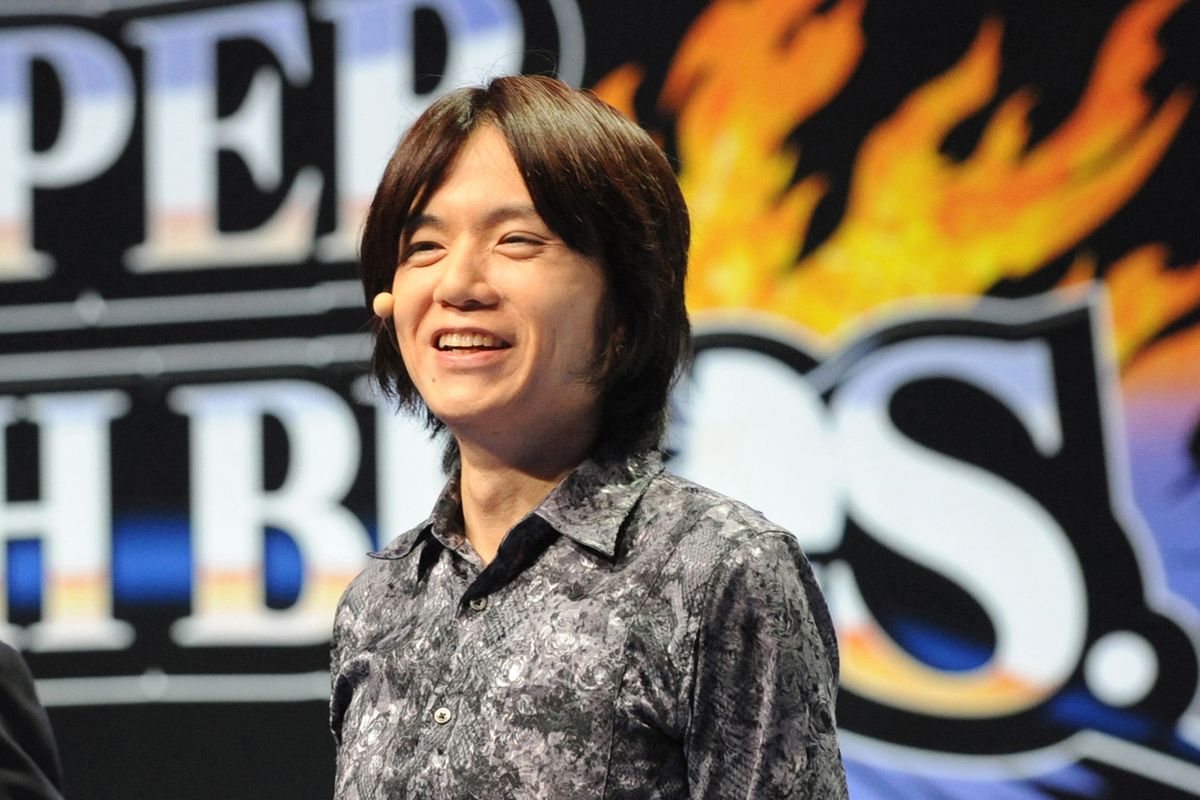
 It can be hard for competitive games to find and maintain an audience, in large part due to the abundance of titles aiming to become the next prominent eSport. Even among the more popular multiplayer games, sequels or frequent character updates are almost always necessary to maintain a significant following. Modern fighting games have a steady stream of DLC characters and balance updates, MOBA’s add new champions, and shooters re-balance their guns. In this environment, the only titles that are able to boast truly long shelf lives are the ones that offer unique experiences that you can’t get from any other game.
It can be hard for competitive games to find and maintain an audience, in large part due to the abundance of titles aiming to become the next prominent eSport. Even among the more popular multiplayer games, sequels or frequent character updates are almost always necessary to maintain a significant following. Modern fighting games have a steady stream of DLC characters and balance updates, MOBA’s add new champions, and shooters re-balance their guns. In this environment, the only titles that are able to boast truly long shelf lives are the ones that offer unique experiences that you can’t get from any other game.
This is largely why Super Smash Bros. Melee, a game that was released more than sixteen years ago, still has a thriving competitive community. While it followed in the foot steps of the original Super Smash Bros, which was released in 1998 for the N64, Melee is a distinctive creation, and ironically the game’s rise to prominence as an eSport was entirely unintended. As a matter of fact, in 2013 Nintendo tried to get the game banned from being played at EVO, the largest and most prestigious fighting game tournament in the world. In regards to the nature of Smash as a competitive game, series director Masahiro Sakurai stated in an 2014 interview “I feel that if you want to play a fighting game seriously, there are other competitive fighting games that are more suited to that, and people like that could have fun playing those. If you play Smash Brothers seriously as a competitive game, the game itself has no future.”

Since then Sakurai and Nintendo have certainly changed their stances somewhat. After backlash, Nintendo ended up allowing Melee to be a part of EVO 2013, and Sukurai and his team tried to tailor certain elements of Smash 4 towards a more competitive audience. But given Sakurai and Nintendo’s stances, why is it that so many competitive players still flock to Smash, and Melee in particular? Why is it that Melee has an extremely substantial competitive scene with hundreds of local tournaments, and representation at the biggest fighting game majors? Why is it that a game that has never had any sort of balance patch, one that doesn’t even have officially supported online multiplayer, is still played competitively by so many? Why are people still so obsessed with this early GameCube game in the year 2018?
In large part, Melee’s staying power can be attributed to the fact that it has certain qualities that other competitive fighting games lack. One of the Smash scene’s most celebrated announcers, Wynton “Prog” Smith, boiled this down into a simple analogy in the YouTube documentary series The Smash Brothers. Prog stated: “Smash is Jazz. Everything else is classical music. You can have the sheet music in front of you, and it’s all about your execution because you know what sound is going to come out. [With] Jazz, you got to play some improv in there. You know those scales. You know what notes you want to hit. Can you hit them on time, and if not what can you do with it?”. Here Prog is alluding to the fact that unlike other fighting games, the combo game in Smash isn’t set in stone.
In Street Fighter 5 if a player is using Cammy and they land a meaty medium punch during their opponent’s wake-up, there are a few set combos that they should always be doing. While factors like their current meter situation, their opponent’s stun, and their opponent’s current health will change their options somewhat, there is a set list of a few different combos in this situation. Smash is different. Since enemies fly a different distance after being hit depending on the amount of damage they’ve sustained, different hitboxes on the same moves have different trajectories, and because opponents can influence the direction they fly by pointing their analog stick in different directions (this is called Directional Influence or DI), very few combos are set in stone. This means that there is always interplay between players, even during combos, a somewhat unique characteristic of Smash among fighting games. Since combos are never absolute, this leads to a sort of improv that requires considering all of the possible permutation of events that can occur in any given scenario. There may be certain setups, combos, and punishes that players are always trying to go for in certain situations against certain opponents with certain characters, but the player on each side of a combo still must be reactive.
This fluidity allows for a great degree of player creativity. Although only 8 characters of the 26 character tier list can be considered anything akin to “top tier”, with only another 5 featuring any degree of prominence in tournament settings, the degree to which top players’ styles can vary with these characters essentially means that there is no true end game. While many other fighting games reach a point where dominant characters and play styles emerge that cannot be dislodged, there is a great degree of variance even among the top 6 player’s strategies and demeanors. After following the competitive scene, it becomes somewhat easy to tell the difference between when Mango or Westballz is playing Falco, or if you’re witnessing a Mew2King or PewPewU Marth. The current top seeded player, Juan “Hungrybox” Debeida, plays as Jigglypuff, a character that only three other players ranked in the top 100 use as their main. While Fox is almost universally considered to be the best character in the game, there is interplay between the other top tiers that keeps him in check, namely that he can easily be comboed due to his fast fall speed, and has a generally predictable recovery that can be exploited to kill him at low percents. While “balanced” is not necessarily a term that I would use to describe the cast of Melee, the degree to which a player can influence the style of their character, coupled with the numerous checks and balances among the top tiers means that despite the game’s age, there is no end game in sight.
But all of these notions of creativity, fluidity, and player choice wouldn’t matter if the core systems weren’t appealing and deep, and despite Sakurai and Nintendo’s best intentions, they certainty are. Melee is an exceedingly unique game, because although many of its mechanics were specifically designed to make for a fun fighting game, there are far more unintentional strategies that have emerged over time due to the nature of the physics engine and incidental programming decisions. One of the most common things many people comment on after seeing competitive Melee for the first time is the blazing speed of its neutral and combo game. The neutral game is so fast due to the abundance of technical movement options that, when performed correctly, can decrease the lag of attacks and generally increase speed. Neutral is dominated by dash-dancing, a technique in which players enter the run animation, only to turn and dash in the other direction. The purpose of this is to bait out a misplaced enemy attack, or to catch an opponent off guard with your own pressure, all the while remaining elusive. L-Canceling, a technique in which you press either trigger as you land from an aerial attack, allows the player to cancel some of the ending lag on their aerials, making this type of move a promising offensive option.
Combining dash dancing and L-canceling means that players can quickly run in, perform a short jump, do an aerial, and then fast fall by pressing down on the analog stick, a technique known as a SHFFL (short hop, fast fall, l-cancel). When mastered this dramatically increases the speed of footsies, allowing players to close the distance and pressure their opponents at a breakneck pace. But the flagship accidental mechanic in Melee is the wave-dash, a technique in which you perform an aerial dodge into the ground shortly after jumping. The result is that your character slides across the ground while in a neutral position, allowing players to use attacks that could normally only be performed while standing still. This gives players access to all of their smash attacks, powerful moves that can finish off their opponent, while moving, an important tactic for finishing off highly damaged enemies. The experience of mastering this plethora of accidental game mechanics is exceedingly satisfying, pairing the ingenuity that speed runners apply when exploiting their games of choice, with the competitive nature of fighting games.
But all of this is only scratching the surface. As with all fighting games, one of the most important elements is adapting to and reading your opponent, using a combination of technical skill and mind-games to get the advantage. In the case of Melee, a plethora of movement options are given additional subtlety due to the analog nature of stick movements and some button presses. The previously described fluidity in the decision making is mirrored by the fluidity that can be achieved through the game mechanics, resulting in something that is essentially a game of chess played at an overwhelming speed. While I can certainty understand why the majority of the Fighting Game Community, as well as the series director himself, have a low opinion of Smash as a competitive game, the reason so many players still huddle around CRT TVs in dorm rooms and tournament halls to play Melee is because it offers a game experience that is unique in the grand scheme of fighting games, and gaming in general. While there have been a few great grassroots mods and indie games that aim to continue the mechanics of Melee such as the Super Smash Bros. Brawl mod Project Melee, Rivals of Aether, and the recently released Slap City, it seems unlikely that Nintendo will ever intentionally cater to this audience. While fans certainly have their own favorites between the various entries in Street Fighter, Tekken, Soul Calibur, and Blazblue, the majority of the mainstay fighting game franchises don’t deviate greatly from their core mechanics. Since the competitive mechanics of Melee were largely a byproduct of the physics engine, Melee fans have never gotten a proper sequel. But honestly, to a large percentage of the fan base, this is very much okay.

Although many Smash commentators have been an active part of the scene for years or even decades, its fairly common to hear them exclaim that the feat they’ve just witnessed in tournament is something that they had never seen before. Due to its fluidity, Super Smash Bros Melee is a game with an endlessly evolving meta. Melee’s passionate fan base stands by their game despite its age, lack of balancing, and absence of online functionality because it offers a gameplay experience that is entirely unique in the context of competitive gaming. With Super Smash Bros Ultimate on the way, there have been murmurings that EVO 2018 may be the 16 year old game’s swan song on the big stage. Still, it’s hard to imagine a world in which there isn’t a passionate fan base willing to delve into the arcane world of wave-shining, Ken combos, and shield-drops. Melee may not be perfect, but its medley of accidental and intentional design decisions has given birth to a beautifully expressive competitive experience like no other. Here’s to this busted, wonderful game, and another 16 years.




